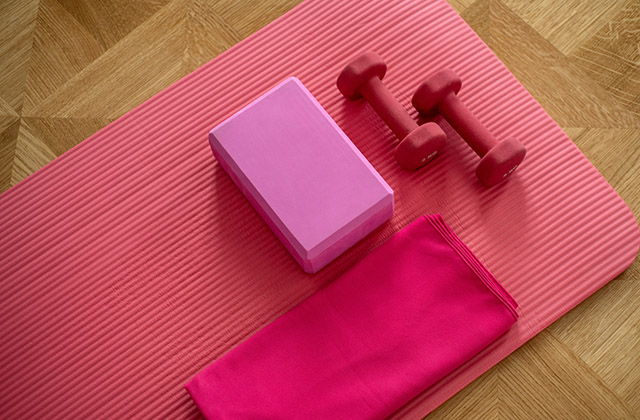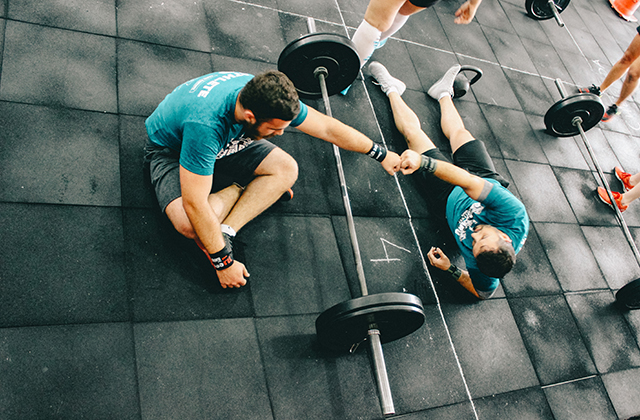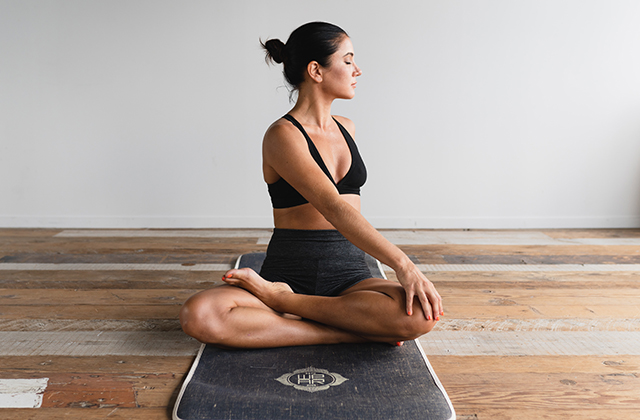Pilates is a form of exercise that can help you strengthen your core and improve your posture. It is also known to improve flexibility and balance. Many people believe that Pilates is only for those who have flexible bodies, but this isn’t true. Pilates teacher training Sydney can turn your stomach into muscles.
Pilates can be modified to fit your needs, whether you’re an absolute beginner or a seasoned athlete. You can even do Pilates without equipment.
Why is it good for the abs?
Pilates is great for strengthening your core because it targets all the muscles in your abdomen and back. These muscles are essential to good posture and body alignment. Training these muscles helps prevent lower back pain too.
Pilates is a great way to strengthen your abs.
The core of the body is made up of four muscles: the transversus abdominis (TA), the internal oblique muscle (IO), the external oblique muscle (EO) and the rectus abdominis. These muscles are connected by fascia and form an integrated unit that supports your spine and pelvis, allowing you to move with ease and stability.
The primary function of these muscles is to stabilize your trunk while performing many daily tasks such as walking, bending over, sitting and lifting objects. They also help you maintain good posture while standing or sitting upright.
There are many ways to strengthen these muscles including Pilates exercises such as ‘Roll-Up’, ‘Side Plank’, ‘Bicycle’ and ‘Single Leg Stretch’. All of these exercises involve strengthening your deep abdominal muscles like TA and IO which can help improve posture as well as reduce back pain.
Here are some other benefits of Pilates:
It helps you breathe properly while exercising, which can reduce stress on your lungs and prevent asthma attacks.
It strengthens your back muscles, which can help prevent lower back pain caused by weak abdominal muscles that pull on the spine.
It improves balance, coordination and posture by strengthening your abs (the muscles in your abdomen).
Pilates is great for your abs. It works all the core muscles, including your abdominal muscles, obliques, lower back and glutes. The exercises in Pilates incorporate a lot of core work without relying on traditional crunches.
The Pilates method was developed by Joseph Pilates in the early 20th century. He noticed that dancers were having difficulty performing certain movements because they were too flexible. He created exercises to strengthen the body from within so that it could perform these movements more easily.
Pilates uses a series of controlled movements that engage the entire body at once. Unlike traditional weightlifting, Pilates focuses on flexibility and coordination rather than brute strength. This makes it an excellent choice for people with physical limitations such as back pain or arthritis because it doesn’t put strain on any one area of the body like traditional weight training does.
Pilates can help improve posture, balance and coordination as well as aid in rehabilitation from injuries or surgery. There are many different types of Pilates classes available today including reformer classes where you use specialized equipment called “reformers” that help you perform many different exercises safely while still getting an effective workout.
Pilates is a great way to strengthen your abs. It can be tailored to all fitness levels and ages.
Pilates works your abdominal muscles in a unique way that makes them more efficient and effective at supporting the spine and other key areas of the body.
The exercises in Pilates are designed to improve posture, flexibility, muscle strength and endurance, as well as coordination and balance.
The following are some benefits of Pilates for your abs:
Pilates helps you develop core strength by using core muscles (the trunk or midsection) as opposed to arm or leg muscles. It also develops control over these muscles so that they work together efficiently and effectively. This strengthens the lower back and reduces back pain.
Pilates improves posture because it improves spinal alignment, which reduces strain on the spine while performing daily activities such as sitting at a desk or driving long distances. Polestarpilates.edu.au provides course for those who want to become certified instructor.


